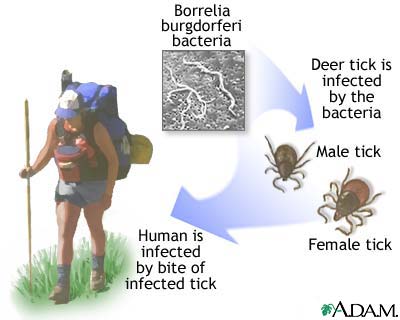 By Paul G. Donohue M.D. December 08, 2010 12:00 AM
By Paul G. Donohue M.D. December 08, 2010 12:00 AM
DEAR DR. DONOHUE: Will you write about diverticulosis? I was twice hospitalized for it and had to stay there 12 days in all. When I left, they didn’t give me any diet or medicines. I saw my primary doctor later, who didn’t think I had diverticulosis because they didn’t do much for me. Some tell me that you don’t have to stay on a diet or take medicine. Is that so?
A diverticulum is a tiny pouch formed by the colon lining that has been pushed through the muscular colon wall. its size varies from 0.2 to 0.4 inches (5 to 10 mm) in diameter, about the size of a small pea. Diverticulosis indicates that the colon has sprouted many diverticula. It’s most often silent. Close to one-third of adults at 60 years of age have it. by age 80, two-thirds have it.
Diverticulosis is found in countries where grains are refined. Refined grains have been stripped of their outer coat, the bran. Bran was, at one time, the principal source of fiber. Fiber keeps stool soft and easily pushed through the digestive tract. with too little fiber, the colon has to exert great force to move undigested food along. That force is responsible for pushing the colon lining through the colon wall to form a diverticulum on its outer surface.
When you were hospitalized, you had diverticulitis — inflammation of diverticulum. The neck of diverticula became clogged with bacteria and pieces of hard stool. The diverticula swelled. For mild symptoms, people can be treated at home by going on a liquid diet and taking antibiotics. For more severe involvement, people are hospitalized and fed intravenously and given intravenous antibiotics.
Now that your diverticulitis has calmed down, the only diet you need follow is one with plenty of fiber — 30 to 35 grams a day. Fruits, vegetables and whole grains are fiber sources. Many cereals are filled with fiber: Fiber one, All-Bran, Shredded Wheat and cooked oatmeal are examples. You do not have to take any medicines.
DEAR DR. DONOHUE: When I had my last tetanus vaccine, the shot also included pertussis. Doesn’t that make it more complicated? why not one shot at a time to avoid allergic reactions?
The tetanus shot is given every 10 years. Included in the tetanus shot is diphtheria vaccine. The material is called Td.
Between the ages of 19 and 64, another vaccine is included in the shot — pertussis, whooping cough. That shot is Tdap. it is substituted for the Td shot and is given only once. Pertussis immunity wanes with age and needs this booster to keep people from contracting whooping cough. Whooping cough isn’t just a childhood illness. Older people catch it and spread it. At that stage of life, whooping cough leads to coughing that lasts for many months.
The rate of allergic reactions from the combination of these vaccines is quite low. The protection that the combination provides is quite high.
DEAR DR. DONOHUE: If a person has had the bladder removed, can bladder cancer recur? My cousin’s father-in-law had bladder cancer. His bladder was removed. however, he eventually died.
I take it he died of bladder cancer.
When bladder cancer penetrates the muscular wall of the bladder, it is usual to remove lymph nodes, adjacent tissues and the entire bladder. If the cancer is subsequently found to be confined entirely to the bladder, the survival statistics are good. If the cancer has spread to lymph nodes, the outlook is not as good. Cancer cells can still be present in organs and tissues that were not removed. The cancer can recur in those places.
Readers may write to Dr. Donohue or request an order form of available health newsletters at P.O. Box 536475, Orlando FL 32853-6475.
Ads by Google